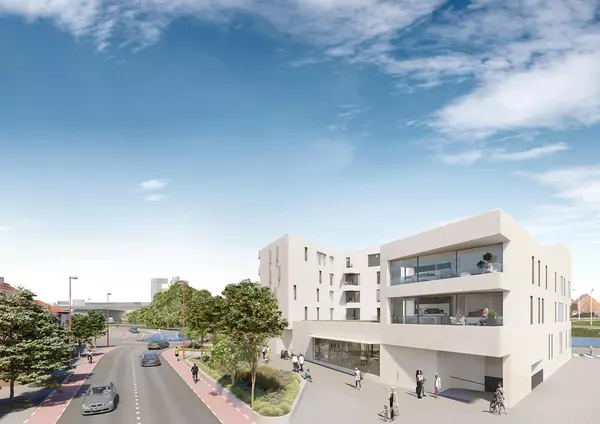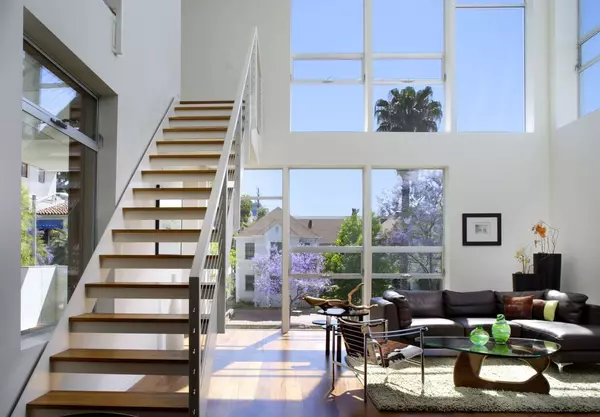Montana Insurance Costs Are Moderate Now — But Wildfire Threats Could Change That
Montana homeowners face mid-range insurance premiums compared with the rest of the U.S.
While not as high as in Gulf Coast states, costs in Montana are somewhat elevated compared to nearby states with lower climate risk.
New data from the U.S. Census Bureau and the Realtor.com® 2025 Climate Risk Report highlight how Montana fits into the national picture.
Montana’s Insurance Costs in Context
According to newly released American Community Survey (ACS) data from the U.S. Census Bureau, Montana homeowners with a mortgage typically pay $1,500–$1,999 annually for homeowners insurance, while those without a mortgage average $1,000–$1,499. Overall statewide costs fall into the $1,000–$1,499 range.
Montana has 321,733 insured homeowner households in total—173,999 with a mortgage and 147,734 without. Among mortgaged owners, 14,357 pay less than $100 annually and 14,131 pay $4,000 or more. Among those without a mortgage, 33,557 pay less than $100 and 11,020 pay $4,000 or more.
When compared with nearby states, Montana is somewhat higher. Idaho homeowners with a mortgage typically pay $1,000–$1,499, making them more affordable. Wyoming averages $1,500–$1,999, in line with Montana. North Dakota homeowners fall into the $1,500–$1,999 range, while South Dakota matches that as well. Colorado, by contrast, is more expensive, with mortgaged households paying $2,000–$2,499. This positions Montana as mid-range for the Mountain West and Northern Plains.
Climate Risks Across the Region
The Realtor.com 2025 Climate Risk Report underscores how the highest insurance burdens are concentrated in coastal and southern metros. Miami homeowners pay an average of $22,718 annually, equal to 3.7% of median home value. Cape Coral, Sarasota, and Tampa also rank near the top for insurance costs.
Montana does not appear in the report’s rankings of metros with the steepest insurance burdens, nor in the lists of severe flood, hurricane, or wildfire exposure. However, wildfire remains a risk in many forested parts of the state.
Montana State Auditor and Commissioner of Insurance James Brown told a local outlet in early 2025 that his office is currently looking into ensuring Montana homeowners are able to keep their fire insurance, due to the increased risk.
“Our office has been notified lately by Montana consumers that insurance companies are informing them that they're either canceling or non renewing property insurance policies based on wildfire risk, and the assertion of these insurance companies that do business in Montana is that these homeowners are facing an imminent threat of wildfire,” said Brown. “Because of that, I issued an advisory opinion that reminded insurance companies that, in fact, they cannot cancel or non renew policies based on a ‘perceived imminent threat of wildfire’ when the wildfire occurs miles and miles away.”
Meanwhile, nationally, 5.6% of homes—worth $3.2 trillion—are at severe or extreme wildfire risk, concentrated largely in the West. While Montana’s smaller housing stock keeps its statewide costs lower, localized wildfire threats remain a concern for insurers and homeowners.
A National Affordability Challenge
Even with Montana’s mid-range costs, the broader national trend points toward affordability pressures. The Realtor.com 2025 Insurance Affordability Report found that 75% of Americans believe homeowners insurance could soon become unaffordable, while nearly half said they had already faced challenges renewing or obtaining coverage.
Premium hikes are already influencing housing choices. Nearly 30% of buyers said they had completely changed the areas they were searching due to insurance challenges, while another quarter said they had overhauled their strategies altogether. Even more concerning, 58% of homeowners nationwide said they would consider dropping coverage altogether if premiums rose too high, with younger generations especially likely to take that risk.
For Montana households, insurance costs remain moderate compared with coastal hot spots but higher than some nearby states. As wildfire risks grow and national affordability concerns deepen, maintaining this middle-ground position may become more difficult.
This article was produced with editorial input from Dina Sartore-Bodo, Gabriella Iannetta, and Allaire Conte.
Categories
Recent Posts










GET MORE INFORMATION

Stevan Stanisic
Real Estate Advisor | License ID: SL3518131
Real Estate Advisor License ID: SL3518131
